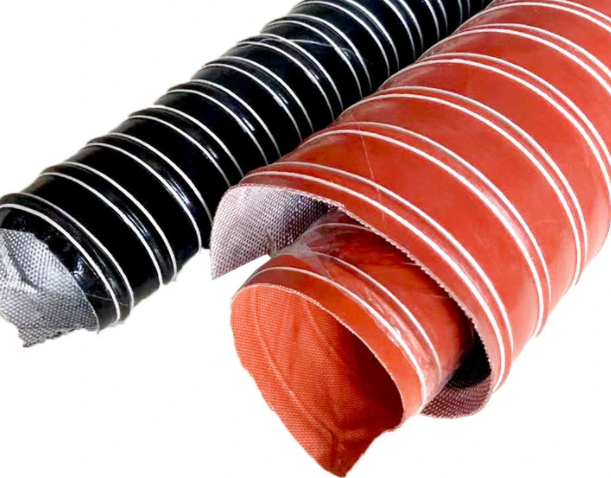High-Performance Braided PVC Hose for Versatile Applications and Enhanced Durability
Understanding Braided PVC Hose Benefits and Applications
Braided PVC hose, an acronym for polyvinyl chloride, is a versatile and robust solution used in a variety of industrial and commercial applications. Its unique structure combines a PVC outer layer with a woven reinforcement, typically made of polyester or nylon, to enhance durability and pressure resistance. This article explores the features, benefits, and applications of braided PVC hoses, making it clear why they are a popular choice in many settings.
Key Features of Braided PVC Hose
1. Durability The combination of PVC and braided reinforcement creates a hose that is not only flexible but also resistant to abrasion. This makes it suitable for environments where hoses may be subject to wear and tear.
2. Pressure Resistance The braided design allows the hose to withstand high pressure, making it ideal for applications that require the transfer of liquids or gases under pressure conditions.
3. Chemical Resistance PVC itself is resistant to a wide range of chemicals, including acids and alkalis. Braided PVC hoses can therefore be used in many industrial applications where exposure to various substances is likely.
4. Flexibility and Lightweight Despite its strength, the hose remains lightweight and extremely flexible, which facilitates easy handling and installation. This is particularly advantageous in confined spaces where maneuverability is essential.
5. Temperature Range Braided PVC hoses can typically handle temperatures ranging from -10°C to near 60°C, making them suitable for both cold and moderately hot environments.
Benefits of Using Braided PVC Hose
1. Cost-Effectiveness Compared to metal or rubber hoses, braided PVC hoses are generally more affordable. Their durability and longevity, however, can lead to greater cost savings in the long run.
2. Safety The construction of braided PVC hoses helps prevent kinking and collapsing, reducing the risk of leaks and bursts, which can pose safety hazards in various applications.
braided pcv hose

3. Transparency Many braided PVC hoses are clear or semi-transparent, allowing for easy monitoring of fluid flow within the hose. This is particularly useful in applications where visibility is crucial, such as in aquariums or laboratory settings.
4. Versatile Uses Braided PVC hoses can be used in a variety of scenarios, from agriculture to construction. They can transfer water, chemicals, food products, and even air.
Applications of Braided PVC Hose
1. Agriculture These hoses are extensively used in irrigation systems, allowing farmers to transport water efficiently across fields without worrying about hose degradation.
2. Industrial Settings Braided PVC hoses find a place in manufacturing plants where they are employed for transferring various fluids, including oils, chemicals, and gases. Their ability to withstand pressure and resist chemicals makes them a go-to choice.
3. Automotive Industry In the automotive sector, braided PVC hoses are used for fuel line applications, ensuring reliable transfer of fuel under varying conditions.
4. Food and Beverage Due to their non-toxic nature, these hoses are also suitable for the food and beverage industry, where maintaining safety standards while transferring liquids is critical.
5. Home and Garden Many homeowners use braided PVC hoses for watering plants or connecting pressure washers, benefiting from their flexibility and lightweight design.
Conclusion
Braided PVC hoses are an invaluable addition to many industries due to their durability, flexibility, and cost-effectiveness. Whether used in agriculture, manufacturing, automotive, or even home gardening, their unique qualities ensure they can handle diverse tasks efficiently. Understanding these hoses’ features and benefits can help businesses and individuals make informed choices about their fluid transfer needs.
-
Top Quality Oxy Acetylene Hoses for Sale Fit for Welding DemandsNewsJul.28,2025
-
The Future of Pneumatic Air Tubes in IndustryNewsJul.28,2025
-
Superior and Reliable LPG Hose Pipe Solutions for Every NeedNewsJul.28,2025
-
Exceptionally Durable and Versatile Premium Braided PVC TubingNewsJul.28,2025
-
Best Adapters for Connecting Garden Hose to PVC Pipe ConnectionsNewsJul.28,2025
-
The Essential Role of LPG Hoses in Safe and Efficient Gas DistributionNewsJul.16,2025














